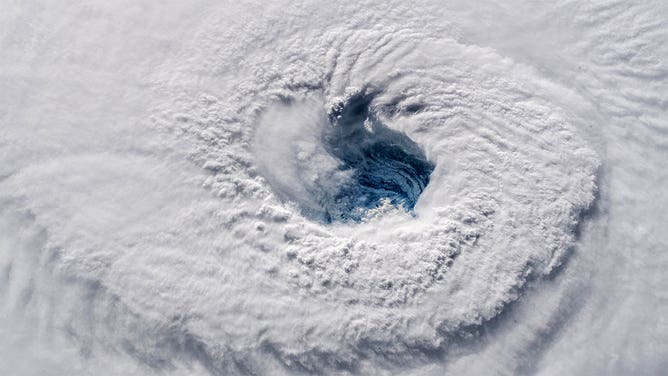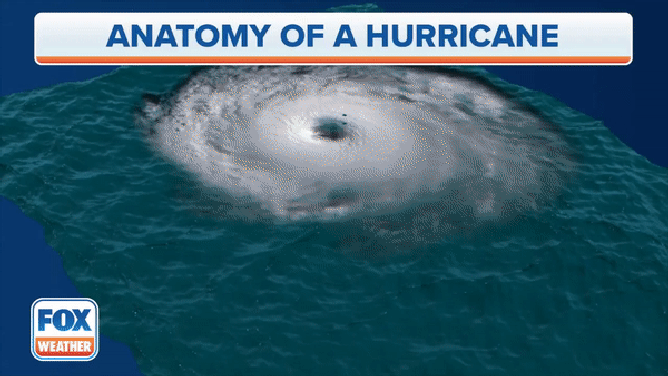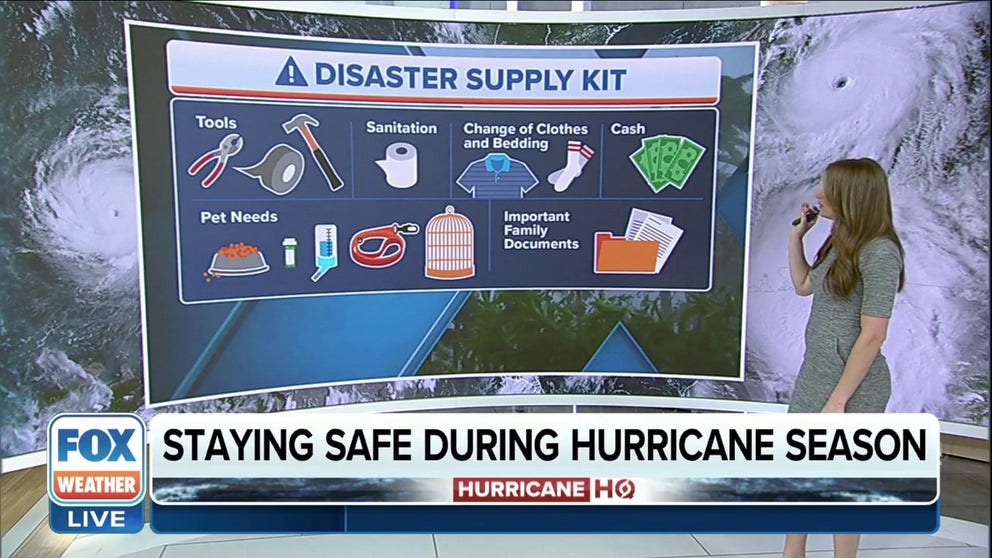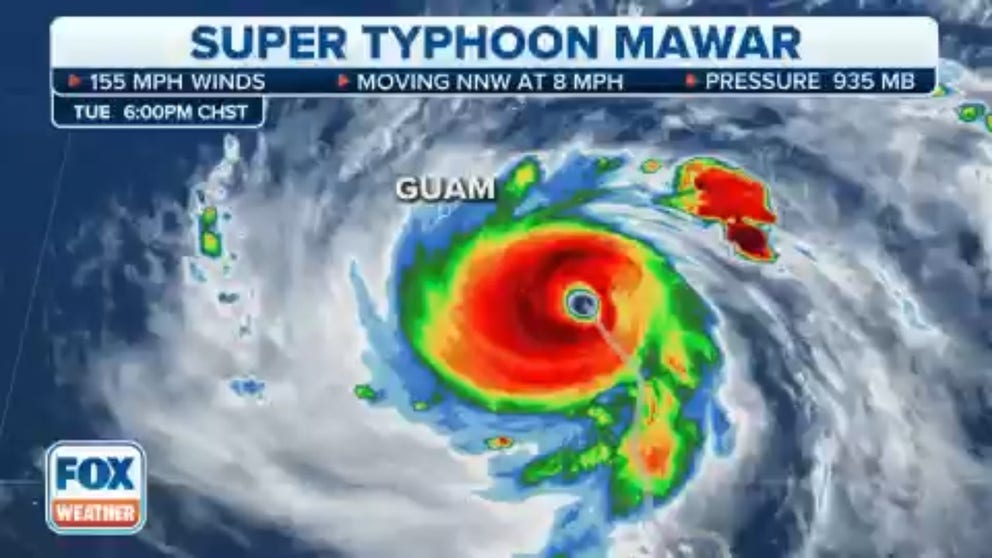What is an 'eyewall replacement cycle' inside hurricanes, typhoons?
These cycles are a common phenomenon with strong hurricanes and typhoons as they churn along in their complex atmospheric swirl of activity and may lead to a brief reduction in storm strength.
Preparation tips for hurricane season
The FOX Forecast Center has tips for preparing yourself for hurricane season.
As hurricanes trek in the open waters, you might occasionally hear meteorologists talk about sudden changes in a storm's intensity due to an "eyewall replacement cycle."
WHAT DOES IT MEAN WHEN A HURRICANE UNDERGOES ‘RAPID INTENSIFICATION’?
These cycles are a common phenomenon with strong hurricanes and typhoons as they churn along in their complex atmospheric swirl of activity.

Early on Sept. 12, 2018, astronaut Alex Gerst shot this photograph of Hurricane Florence’s eye as viewed from the International Space Station.
(NASA)
As these storms strengthen, the eyewalls become tighter and more intense until they reach maximum strength for the available energy.
At this point, a new eyewall may begin to form on the outside of the previous inner eyewall, cutting off the fuel for the inner wall and eventually leading to its demise.

An animation showing the anatomy of a hurricane.
(FOX Weather)
The result is a new eyewall larger in radius but temporarily weaker in intensity, leading to a drop in the storm's peak winds.
Eventually, the new eyewall could rev back up and become more concise and powerful, and the storm regains strength – sometimes even stronger than before the eyewall replacement cycle occurred.
7 FACTS TO KNOW ABOUT HURRICANES
An eyewall replacement cyclone can take anywhere from as little as 12 to 18 hours or as long as 2 to 3 days to complete, according to NOAA, and these cycles can happen multiple times on a tropical cyclone's journey.
Satellite history of Typhoon Mawar as it passed by Guam
Watch as Typhoon Mawar weakens and makes a critical jog in its path just before it strikes Guam on Wednesday.
Sometimes they can come with fortuitous timing. Late May's Typhoon Mawar underwent an eyewall replacement cycle just before arriving along the shores of Guam, sapping some of the storm's strength just hours before lashing the island's beaches.

